Every year horse owners experience serious injuries or even tragic deaths while riding their cherished equine companions. One of the more significant causes of rider injury is a rider being tossed from a rearing horse... or worse, caught underneath a horse that reared so fiercely that it flipped over on top of the rider. While sometimes injury is extremely difficult to avoid due to the spontaneous and powerful nature of many rears, all too often the problem is actually made worse by inexperienced riders panicking and inadvertently increasing the chance of injury.
When an inexperienced rider is rudely jolted by a rearing horse he often panics and tightens his body. This is a natural reaction... when we perceive an impending and unavoidable blow, our body unconsciously stiffens and braces for the impact. When atop a rearing horse, a surprised rider will often recoil a bit and stiffen towards the hindquarters of the horse, which is a critical error because the rider drastically throws off what little balance he has, almost assuring that he will be tossed.
The second critical error inexperienced riders make is using the reins as a form of security. They feel their body being thrown backwards so they grip the reins for dear life and try to use them to "pull" themselves forward and back into the saddle. Again... this is a natural knee-jerk reaction, but it's also a critical error.
When you yank the reins of a rearing horse you drastically increase the likelihood of the horse losing control entirely and flipping over or falling down... with a good chance of you being caught underneath. Keep in mind that when a horse rears, he is already off balance. When you yank the reins backwards sharply, you'll only make it that much more difficult for the horse to resume his balance. In addition you'll very likely harm his mouth and cause him immense pain, and the shock of the pain could very well make the horse "freak out" even more!
So we now know that the two natural reactions people often make while on a rearing horse will only serve to increase the chances of injury for both the horse and rider. If we are supposed to ignore natural bodily reflexes what should we do instead?
First, when you sense your horse's front hooves leaving the ground make sure that you lean forwards, not backwards. This will increase both your balance as well as your horse's, thereby lessening the chance of the horse actually falling over. You don't want a horse that weighs around 1000 pounds landing on you.
Second, thrust your hands forward so that there is absolutely no direct rein pressure against the horse's mouth. Do not pull back on the reins no matter how much your instincts shout to do so - I guarantee you'll gain no security or balance from doing so. Let him have his mouth and only apply direct rein pressure after he has all four hooves back on the ground.
Finally, if you feel like you are losing control then it's generally better to take the cautious way out and dismount rather than try and ride the rearing out. Consider wrapping your arms around the horse's neck as you lean forward, then slide off his side as he rears. The moment you hit the ground you want to back up so that the horse doesn't step on your feet when his front hooves land again. It's best if you can keep hold of the reins as you perform this maneuver, but if you have to let them go entirely and get out of "Dodge" then do so. Your bodily safety is the most important consideration.
Hopefully you will never be surprised by a rearing horse, but it doesn't hurt to practice quick dismounts in your spare time such that if you are ever faced with the situation you'll better know how to handle it. In addition depending on your breed of horse you might consider jumping him a bit. While a jump has nowhere near the potency of a strong rear, it can teach your body how to respond when a horse's front hooves leave the ground.
Copyright (c) Jeffrey Rolo, 2007. All Rights Reserved.

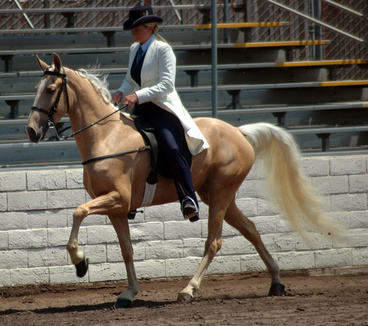 About Walking Horse Bridles
About Walking Horse Bridles
About Walk
About Walking Horse Bridles
About Walking Horse Bridles
About Walk
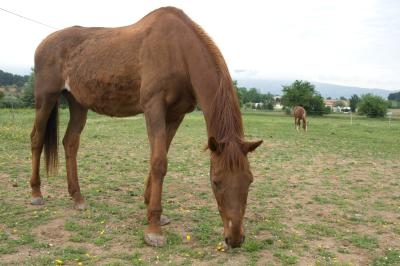 How to Fatten an Underweight Horse Safely
How to Fatten an Underweight Horse Safely
How to Fatten an Underweight Horse Safely
How to Fatten an Underweight Horse Safely
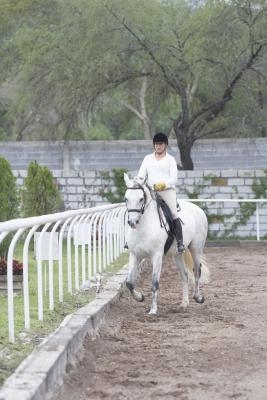 How to Gait a Horse
How to Gait a Horse
How to Gait a Hors
How to Gait a Horse
How to Gait a Horse
How to Gait a Hors
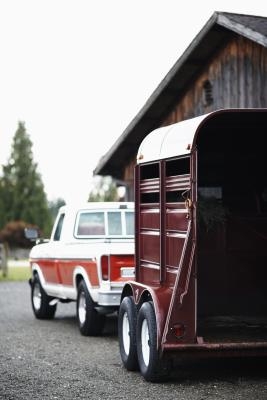 How to Finish a Horse Trailer Living Quarter
How to Finish a Horse Trailer Living Quarter
How to Finish a Horse Trailer Living Quarter
How to Finish a Horse Trailer Living Quarter
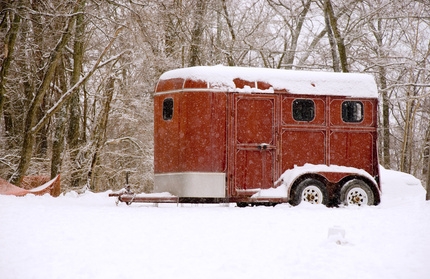 How to Establish the Value of a Horse Trailer
How to Establish the Value of a Horse Trailer
How to Establish the Value of a Horse Trailer
How to Establish the Value of a Horse Trailer